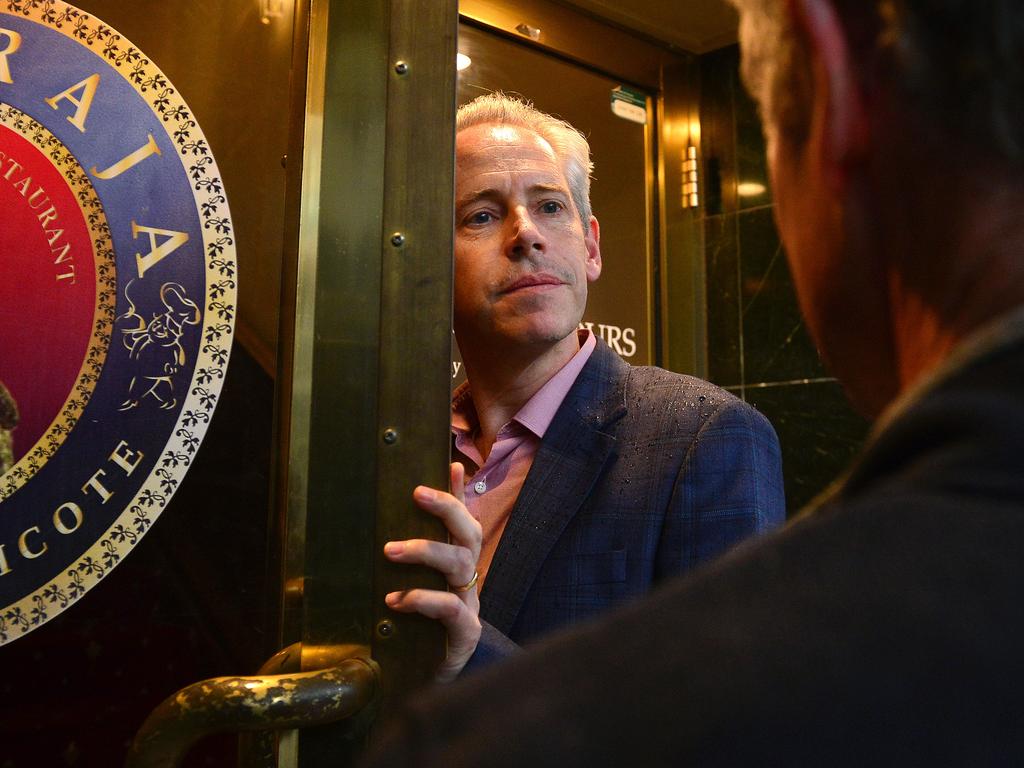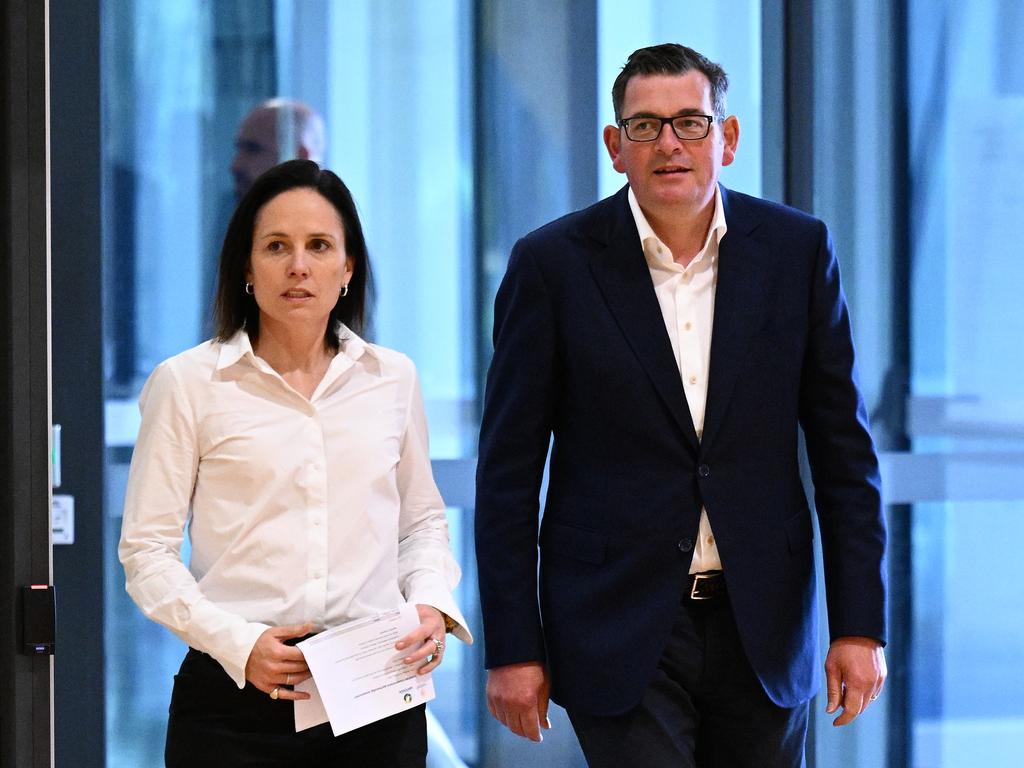Victoria’s $1.8bn deficit blowout since May budget
Victoria remains on track to have more debt than NSW, Queensland and Tasmania combined.

Victoria’s 2022-23 deficit has blown out by $1.8bn to almost $10bn since the May budget, according to the Andrews government’s mid-year economic and fiscal update.
Releasing the document on Monday, before writs are issued on Tuesday ahead of the November 26 state election, Treasurer Tim Pallas highlighted floods, inflation, rising interest rates, geopolitical conditions and ongoing impacts of the Covid pandemic as key among the continuing “risks” to Victoria’s economic outlook.
The mid-year update’s $9.7bn deficit comes despite employment growth of 3.9 per cent in 2021-22, with unemployment at its lowest levels since the 1970s.
Despite a slight reduction in projected net debt in 2025-26, from $167.5bn in May to $165.4bn in the latest document, Victoria remains on track to have more debt than NSW, Queensland and Tasmania, whose combined debt is set to reach $159.2bn by the same date.
Key to the blowout is a massive $4.5bn increase in Victoria’s wages bill, which the government attributes to an expanded health workforce.
Public sector wages in 2022-23 are set to reach $35.76bn by 2025-26 – a 73 per cent increase on the $20.7bn wage bill in 2013-14, the last financial year before Labor came to government.
Victoria’s interest bill is also set to balloon as rates rise, totalling $3.6bn in 2022-23, and increasing to $7.3bn by 2025-26 – $1bn higher than previously projected.
Notwithstanding the increased deficit, Mr Pallas has revised his projection of net debt for 2022-23 to $115.6bn, down from $118.5bn in the May budget.
Asked how it was possible to have a $2.9bn improvement in net debt alongside a $1.8bn deficit blowout, the Treasurer cited a “better than expected” outcome from a joint venture which has seen VicRoads’ registration and licensing arm sold to a consortium of industry super funds, and investment bank Macquarie. “It was $7.9bn. We hadn’t provisioned that much, and that effectively is the difference between those debt numbers,” Mr Pallas said.
The latest update accounts for all government policy decisions up to October 11. Mr Pallas said a separate pre-election budget update, produced by the Department of Treasury and Finance rather than the government, would have to account for the entire period up to the issuing of writs. It is due to be released before early voting opens on November 14.
Opposition Treasury spokesman David Davis said the budget update showed cost overruns and blowouts in “whatever the Andrews government touches”.
“Victoria has been left as a fiscal basket case by Andrews and Pallas – the outlier of all the states, winning the award no one wants to win,” Mr Davis said.






To join the conversation, please log in. Don't have an account? Register
Join the conversation, you are commenting as Logout